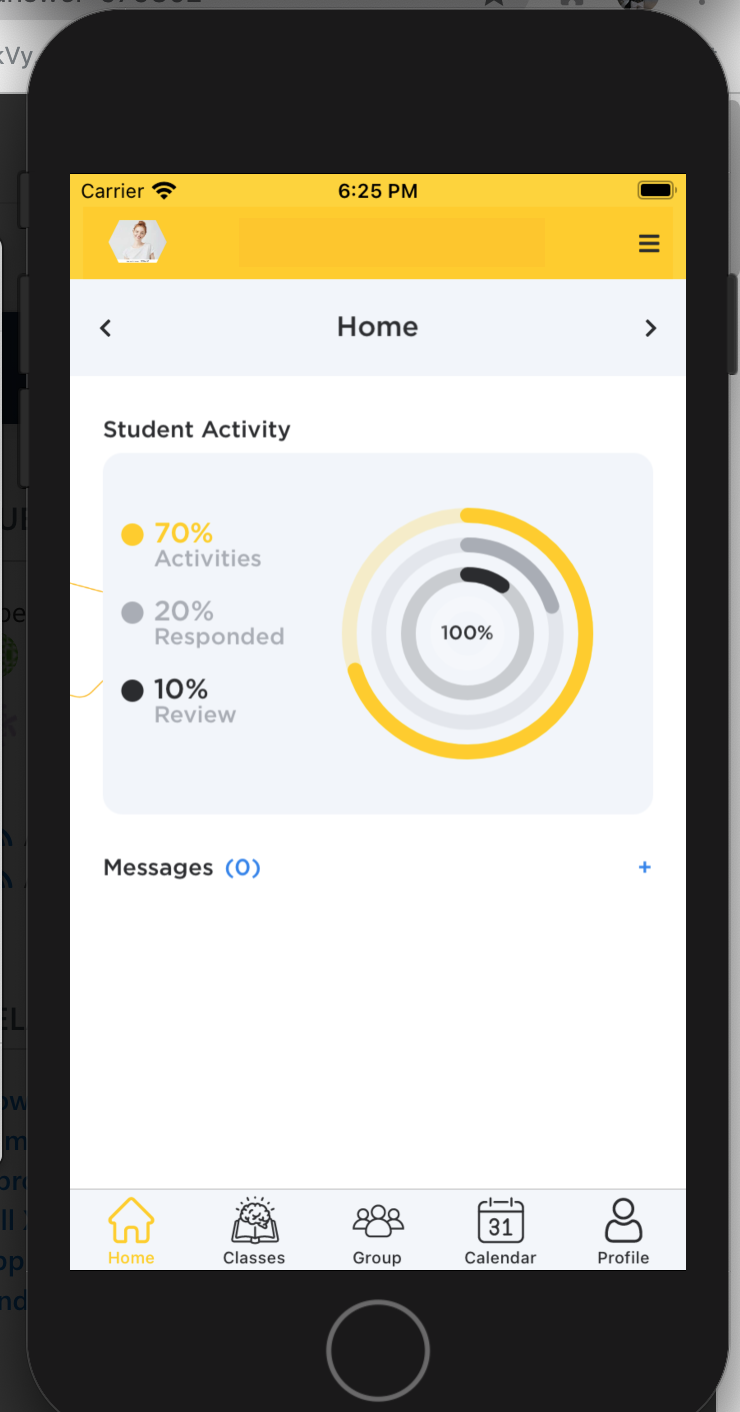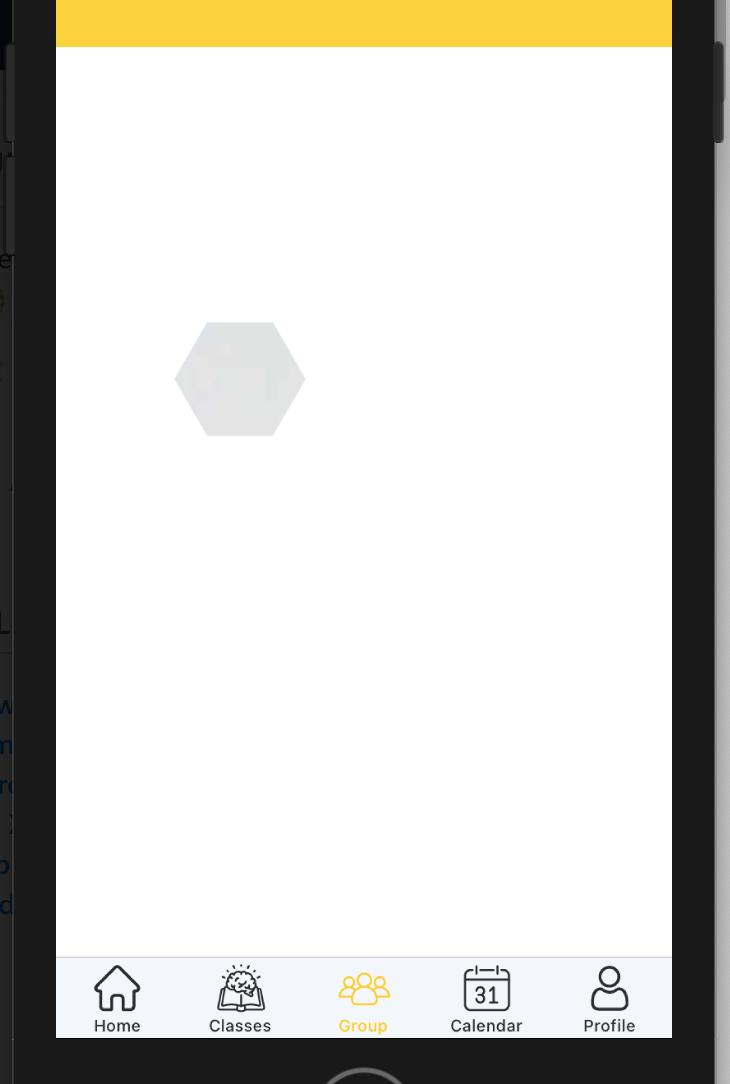Hi ChiragPokiya-7649,
Welcome to our Microsoft Q&A platform!
From Xamarin 5.0, you can use brand new "Shapes API" to set the "Clip" for Image. And to draw a hexagon, you can use linesegment which creates a line between two points.
This is a XAML demo that implements drawing a fixed-size hexagon.
<Image
HorizontalOptions="Center"
VerticalOptions="Center"
WidthRequest="150"
HeightRequest="150"
Aspect="AspectFill"
Source="image path">
<Image.Clip>
<PathGeometry x:Name="myPath">
<PathGeometry.Figures>
<PathFigureCollection>
<PathFigure IsClosed="True"
StartPoint="70,50">
<PathFigure.Segments>
<PathSegmentCollection>
<LineSegment Point="60,67.32" />
<LineSegment Point="40,67.32" />
<LineSegment Point="30,50" />
<LineSegment Point="40,32.67" />
<LineSegment Point="60,32.67" />
</PathSegmentCollection>
</PathFigure.Segments>
</PathFigure>
</PathFigureCollection>
</PathGeometry.Figures>
</PathGeometry>
</Image.Clip>
</Image>
If you want to create a hexagon dynamically, you can set the "Clip" as follows and set a name for it.
<Image.Clip>
<PathGeometry x:Name="myPath" />
</Image.Clip>
Now, modify ".xmal.cs" file.
First, we need to use Math class to get all points' location.
// center: (a,b)
// radius: r
int a = 50;
int b = 50;
int r = 40;
// save coordinates of all vertices
List<Point> points = new List<Point>();
for (int i = 0; i < 6; i++)
{
points.Add(new Point(((a + r * Math.Cos(2 * Math.PI * i / 6))), ((b + r * Math.Sin(2 * Math.PI * i / 6)))));
}
Then create "Figures" for "myPath",
PathFigure f1 = new PathFigure
{
IsClosed = true,
StartPoint = points[0],
Segments = new PathSegmentCollection() { new LineSegment(points[1]),
new LineSegment(points[2]),
new LineSegment(points[3]),
new LineSegment(points[4]),
new LineSegment(points[5])}
};
myPath.Figures = new PathFigureCollection() { f1 };
Best Regards,
Kyle Wang
If the response is helpful, please click "Accept Answer" and upvote it.
Note: Please follow the steps in our documentation to enable e-mail notifications if you want to receive the related email notification for this thread.


